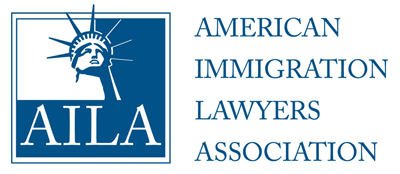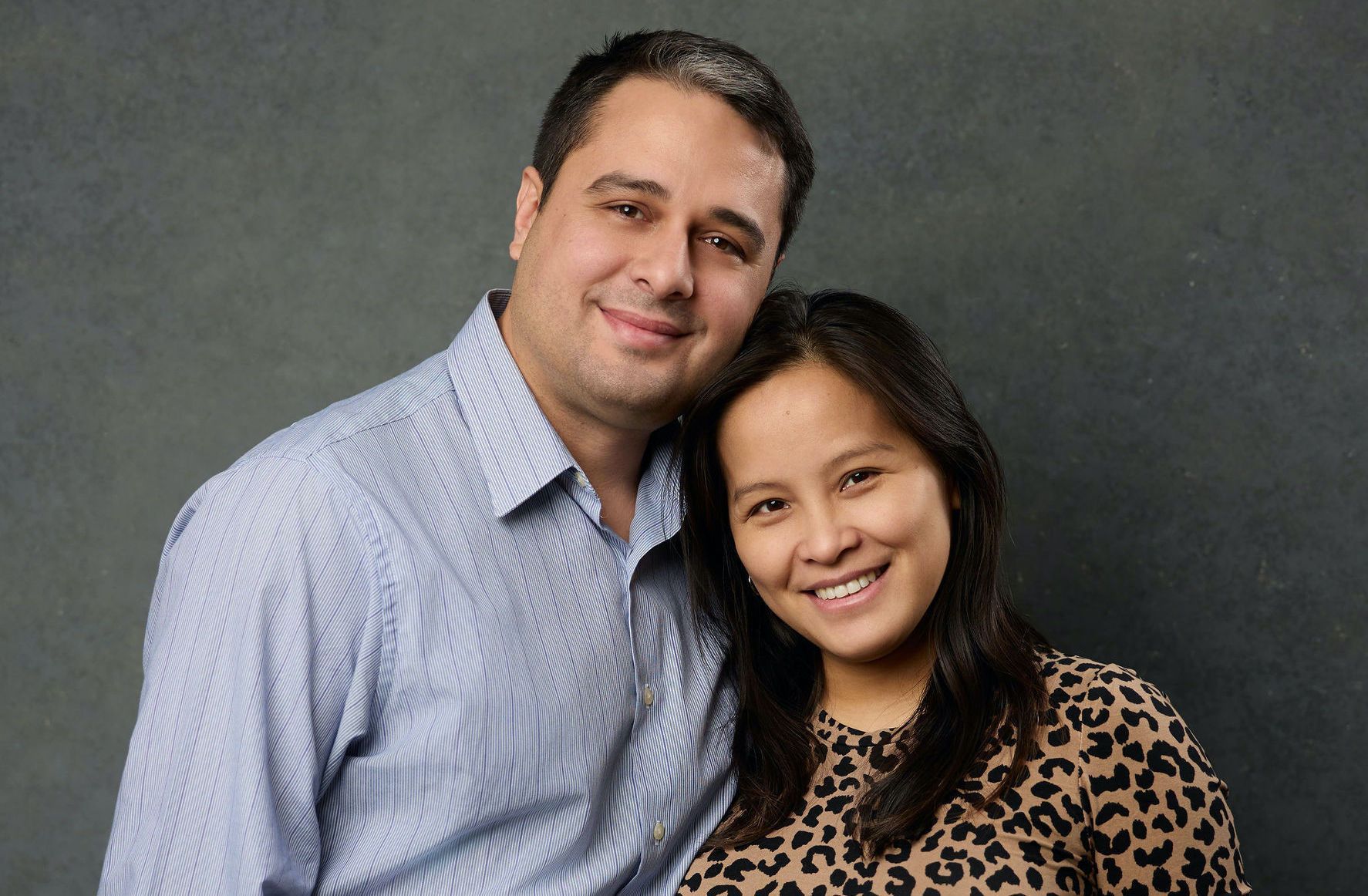Permanent Bar for Two or More Illegal Entries – INA 212(a)(9)(C)(i)
The problem with multiple EWI or Entry Without Inspection is the automatic permanent bar to (1) U.S. citizenship, (2) Any U.S. Visa, and (3) Receiving Lawful Permanent Residence or a Green Card. There is no immediate waiver. This post will pose common questions and helpful examples.
How is the Permanent Bar applied?
If someone (1) entered illegally or overstayed a visa for more than one year , meaning they accrued “unlawful presence.” Now, the one year period of time can be accumulated at one time or in the aggregate. If the person who was here illegally for more than one year, left the U.S., and (2) re-entered or attempted to re-enter the United States , then the person is permanently ineligible to file an I-485, DS-260, or any other current Green Card Application due to the Permanent Bar.
Example. Juan sneaks (EWI) into the U.S. on January 1, 2012. Juan leaves the U.S. and visits Mexico on January 1, 2013. On January 7, 2013, Juan comes back into the U.S. illegally. Juan is subject to the Permanent Bar.
Are Minors subject to the Permanent Bar?
Yes, Minors are not exempt. Generally, “unlawful presence” is not accumulated by minors upon one entry or overstay of a visa. However, the unlawful presence is counted towards the permanent bar. To repeat, this “Minor Exemption” is a viable option for the 3-year Bar and the 10-year Bar, but not available for the Permanent Bar.
Example. Maria’s parents sneak Maria into the U.S. on January 1, 2000. Maria was 10 years old. On January 1, 2005, Maria visits her Grandparents in Mexico and sneaks back into the U.S. on February 1, 2005. Maria is subject to the Permanent Bar.
Does Advance Parole Cure the Permanent Bar?
No, Advanced Parole (AP) does not cure the Permanent Bar. An EWI or Entry without Inspection can be overcome by AP because AP provides an I-94 (aka legal entry record), which is an eligibility requirement for Adjustment of Status (AOS). However, the Permanent Bar requires a waiver, which is discussed below.
What if my Unlawful Presence occurred before April 1, 1997?
Immigration laws constantly change. On April 1, 1997, The “Illegal Immigration Reform and Immigrant Responsibility Act of 1996” or IRRIRA took effect. IRRIRA made unlawful presence an inadmissibility ground to (1) U.S. citizenship, (2) Any U.S. Visa, and (3) Receiving Lawful Permanent Residence or a Green Card.
Example. Chris entered the U.S. in 1990 on a B-2 Tourist Visa. Chris was visiting his father. Chris was 5 years old. Chris overstayed his visa and left the U.S. in 1996. Chris received another B-2 Tourist Visa on January 1, 2010 and entered the U.S. Chris is not subject to the Permanent Bar because the unlawful presence occurred before April 1, 1997. Chris can Adjust Status or Consular Process his Green Card.
When do the 3-year and 10-year bars apply?
Illegal presence may also cause the 3-year or 10-year bar. The 3-year bar applies to someone who has 6 months of illegal presence in the U.S. The 10-year bar applies to someone who has 1 year or more of illegal presence in the U.S. However, these bars are different from the Permanent Bar. The Permanent Bar requires a second entry or attempt of second re-entry.
Example. Samantha EWI-ed into the U.S. and stayed for 2 years. Samantha met a U.S. Citizen and married. Samantha received an approved I-130, then returned to Mexico for her DS-260 Consular Interview. Once Samantha leaves the U.S., she is subject to the 10-year bar.
Is there a waiver to the Permanent Bar?
Even though the permanent bar states “permanent,” a waiver is available. A waiver is like asking for forgiveness or a pardon. In the case of the permanent bar, you must wait 10 years outside of the U.S. before you are eligible to apply for a waiver. However, as with any immigration form, there is no guarantee the waiver or a green card would be approved. You should consult an immigration attorney before exiting the country or applying for waivers.
What if I was Removed and Re-Entered the U.S. ?
The removal would be on record in the U.S. and your second illegal entry into the U.S. would subject the person to the Permanent Bar. Moreover, the availability for a waiver of the permanent bar may be 20 years versus the 10 years stated above.
Could I Qualify for Military Parole in Place to Waive my Illegal Entry?
Military Parole in Place (PIP) is a special military filing for the Spouse, Child, or Parent of a Service Member, whether Active Duty, Reserve, or Veteran. Parole in Place can waive an illegal entry, but it cannot waive a Permanent Bar under 212(a)(9)(C). In such situations, Military Deferred Action may be required.
Example. Spouse of Service Member entered the US two times. The first entry was by foot through the desert in 1990 when the spouse was 5 years old. The spouse stayed in the US for 1 year and returned back to Mexico to spend the summer with the grandparents. In 1991, the Spouse re-entered the US illegally through the desert at the age of 6. The Spouse would qualify for Military Parole in Place since all entries occurred before April 1, 1997.
Here is a Convenient Link to our Military Parole in Place Page: https://www.fickeymartinezlaw.com/practice-areas/military-parole-in-place/
Have a Question? Contact Us!
The Section 212(a)(9)(C)(i) reads:
(C) Aliens unlawfully present after previous immigration violations.-
(i) In general.-Any alien who-
(I) has been unlawfully present in the United States for an aggregate period of more than 1 year, or
(II) has been ordered removed under section 235(b)(1) , section 240 , or any other provision of law, and who enters or attempts to reenter the United States without being admitted is inadmissible.
(ii) Exception.-Clause (i) shall not apply to an alien seeking admission more than 10 years after the date of the alien’s last departure from the United States if, prior to the alien’s reembarkation at a place outside the United States or attempt to be readmitted from a foreign contiguous territory, the Secretary of Homeland Security has consented to the alien’s reapplying for admission.
About our immigration law firm:
Fickey Martinez Law Firm, P.L.L.C. is an immigration and naturalization law firm serving Eastern North Carolina. We strive to make sure you understand the immigration laws that pertain to your specific circumstances. We frequently file with USCIS, NVC and DOS, and we can use this experience to better serve you.
Our Immigration Attorney uses online resources to better perform our service. We can meet you via Video Call, by Phone, or at one of our offices located in:
- Greenville NC
- Fayetteville NC
- Jacksonville NC
- Garden Grove CA (Orange County)
Check out more about our Law Firm by clicking the following link:
See some of our other articles:
Disclaimer: This Blog is made available by the lawyer or law firm publisher for educational purposes only as well as to give you general information and a general understanding of the law, not to provide specific legal advice. By using this blog site you understand that there is no attorney-client relationship between you and the Blog/Web Site publisher. The Blog should not be used as a substitute for competent legal advice from a licensed professional attorney in your state.
The post Permanent Bar for Two or More Illegal Entries – INA 212(a)(9)(C)(i) appeared first on Fickey Martinez Law Firm.












